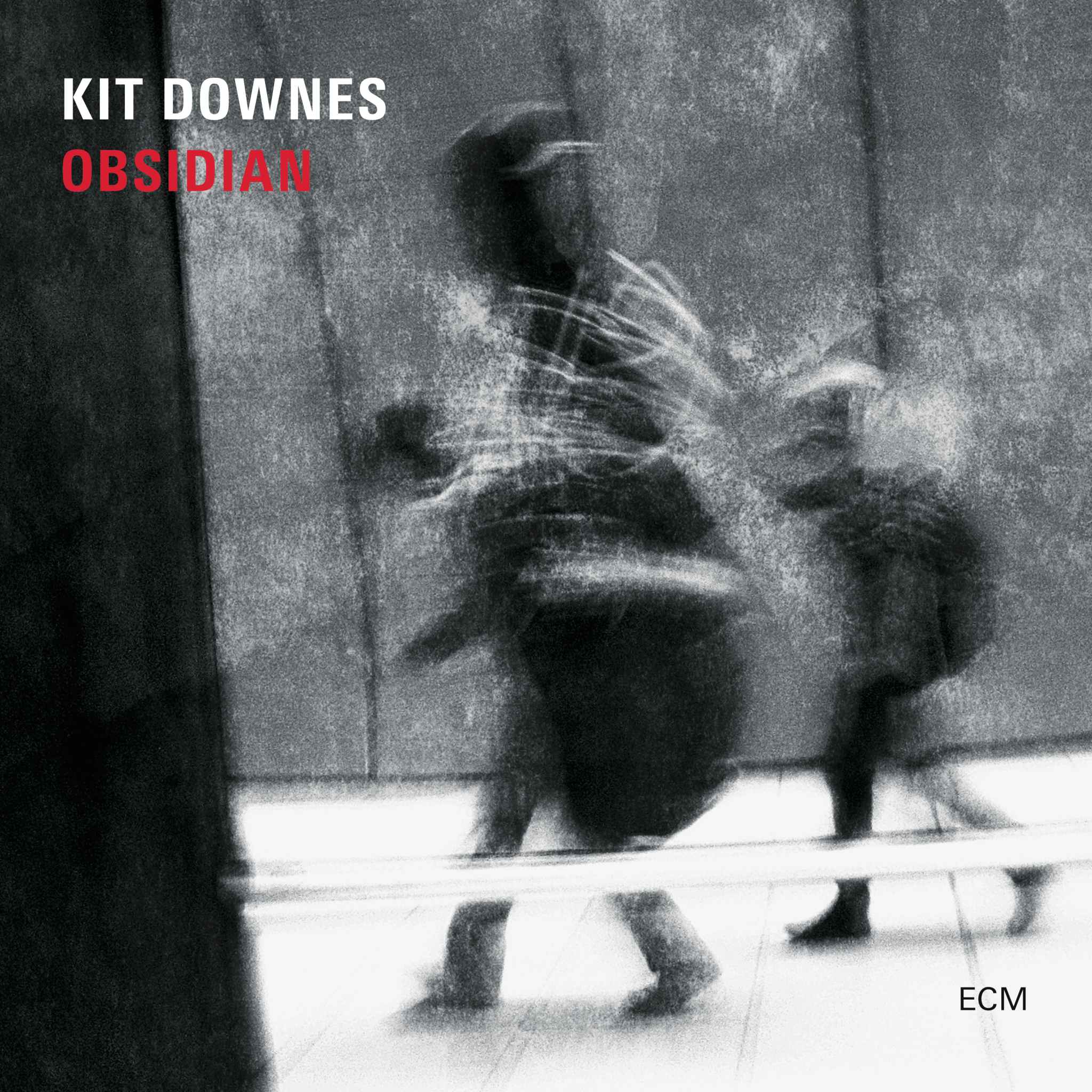Album insights
Friedrich Wieck and Adolph Bargiel first met at Gut Zingst, the residence of Baron Christian Adolph von Seckendorff near Nebra, currently located in Saxony-Anhalt. They both worked there as educators for the baron's children, with Wieck as a private tutor and Bargiel providing music lessons to the Seckendorff children, eventually becoming their stepfather.
Friedrich Wieck, born on August 18, 1785, in the small town of Pretzsch, displayed musical talent despite a family with little interest in music. While initially studying theology at the University of Wittenberg, he later transitioned from a clerical career after becoming a house tutor at the Seckendorff estate in Zingst.
Adolph Bargiel, born on November 1, 1783 in Bauerwitz, received singing lessons from his father and later pursued studies in law. Interrupted by the Napoleonic War in 1806, his legal studies were abandoned as he turned to teaching music to the Seckendorff children. His musical path eventually led him to join the Gewandhaus Orchestra.
Fast forward, Wieck's assertive and strict demeanor led his wife to leave him in 1824, seeking divorce and custody battles. This separation led Mariane to marry Adolph Bargiel, Wieck's former friend and colleague. Soon after, Wieck entered his second marriage while Mariane and her new husband had four children together.
Their son Woldemar, born on October 3, 1828, in Berlin, shared a close bond with his half-sister Clara, despite the age gap. His musical education included lessons from his parents before studying at Leipzig Conservatory under notable musicians like Ignaz Moscheles and Niels Wilhelm Gade.
Adolph Bargiel's musical endeavors extended to composing numerous works, collaborations with Johannes Brahms on Schumann's and Chopin's complete works, and academic roles in Cologne, Rotterdam, and Berlin. His legacy as a composer includes piano pieces and chamber music, notably four string quartets and three piano trios, among other works.
One of Bargiel's notable works, Piano Trio No. 1 in F Major, received critical feedback from Robert Schumann before being dedicated in admiration. Its four movements, reflecting Bargiel's style, include an introspective Adagio leading into a lively Allegro energico, followed by an expressive Andante sostenuto, a spirited Scherzo, and a conclusive Allegro with a prolonged fugal section.
His second piano trio in E-flat Major from 1857 showcases captivating themes with a tranquil Andante and lively Scherzo, displaying Bargiel's melodic creativity. This trio, dedicated to his teacher Julius Rietz, exemplifies Bargiel's talent as a composer, reflecting a blend of serene melodies and vibrant passages.
In an enriching musical environment, Bargiel continued to thrive, gaining recognition for his compositions and contributing significantly to the musical landscape of his time.


